With planting of spring crops already under way with the help of the exceptional ground conditions in January, beans will be one of the crops now being considered.
The overall area was hit last year due to the wet conditions that continued into late April, thus closing the opportunities for successful planting.
Subsequent weather conditions intervened to make 2018 a poor year for beans.
This can be seen within the numbers in the recommended list where the three-year yield average for the 2018 list was 8.0 t/ha while the equivalent figure for the 2019 list is 6.2 t/ha.
While there was a slight difference in varieties, the three-year average reflects the low commercial yields achieved from many crops in 2018.
The base protein content of the control varieties is also lower on the 2019 list at 26.1% compared to 26.5% for the 2018 recommended list.
Many growers suffered poor yield performance in 2018 from the combined pressures of dryness and high temperatures.
Some have indicated that they will not continue with the crop in 2019 but many more have indicated that they will because they have witnessed the many benefits that beans bring to the following crop.
Scheme and area
Last year’s total protein crops area amounted to around 8,750ha, leaving the protein aid fund worth €350/ha, and this was paid out before Christmas.
This time last year we could not get assurance that the aid would be in place for 2018 but it was eventually sanctioned (following some concerns within the EU) and it is available again for 2019.
But this may be the final year of this scheme as we know it and any new EU scheme might prove to be less favourable for Irish growers and more favourable to other states.
For this reason it might not be in our best interest to walk away from protein crops in 2019 following one bad yield year.
Spring beans have been a very good crop on tillage farms. They are a very good break crop
While the aid scheme covers beans, peas and lupins we may also need it to cover soya beans as there is likely to be increased interest in this crop this year.
But, like the other proteins, it does need access to an aid scheme to make it work financially.
In the meantime, spring beans have been a very good crop on tillage farms. They are a very good break crop.
They are a legume and hence fix their own and surplus nitrogen and they also help improve soil structure.
Yields continue to improve at farm level and 3t/ac is no longer theoretical. But possible lateness of harvest remains a concern and maturity remains a valid consideration for growers but there are still no variety ratings for variety maturity.
The search for new and better varieties continues and this sees one variety, Lynx, enter the recommended list this year while the long-serving Fuego has been dropped.
There were eight varieties tested in the trials in 2018 and these are shown in Appendix 1.
Two of them – Mallory and Tiffany – have two years done in trials and could be considered for recommendation next year if they measure up.
Recommended varieties
Three varieties are recommended for 2019 planting – Boxer, Fanfare and Lynx (Table 1). These have been evaluated over the past three years, from 2016 to 2018, at a number of sites.
The varieties are assessed for their suitability under Irish conditions in terms of seed yield, protein content, disease resistance and other agronomic traits.
Most of the data is based on results from fungicide-treated trials, the exception being the disease resistance data which is based on untreated trials.
Figures shown in brackets are based on very limited data and should be treated with caution. This is especially evident in the value of (1) for the rust resistance of Lynx which is based on infection at a single site in a single year and hence very limited.
The control varieties used were Boxer, Fanfare and Fuego in 2016 and 2017 while Boxer, Fanfare and Lynx were used in 2018. Yield and crude protein content are expressed relative to the mean of the control varieties (100 = mean of control varieties).
Caution is urged on the disease resistance ratings for the different varieties as they are based on limited data.
Boxer: Good yield combined with good protein content. More prone to diseases than the others. It is regarded as being moderately susceptible to chocolate spot, susceptible to rust and moderately resistant to downy mildew. It was bred by Lantmannen Lantbruk in Sweden and is handled here by Goldcrop Ltd.
Fanfare: Good yield combined with good protein content. It is tall with good disease resistance, rated moderately resistant to chocolate spot and resistant to rust and downy mildew. It was bred by NPZ in Germany and is handled here by SeedTech.
Lynx: This new variety is provisionally recommended and has shown very high yield potential in trials. Protein content is fractionally below the others but that might be expected given the higher seed yield. It is medium in height between Boxer and Fanfare. It appears to have good resistance to chocolate spot and downy mildew but is currently regarded as being very susceptible to rust. It too was bred by NPZ in Germany and is handled here by SeedTech.




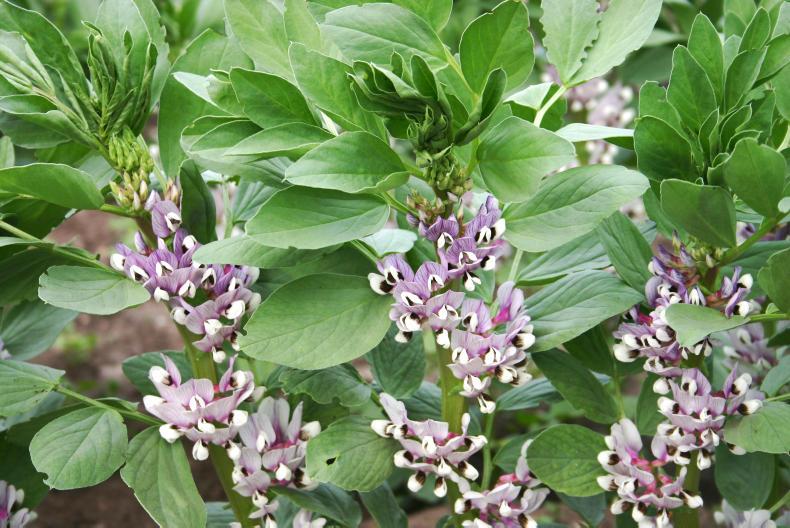
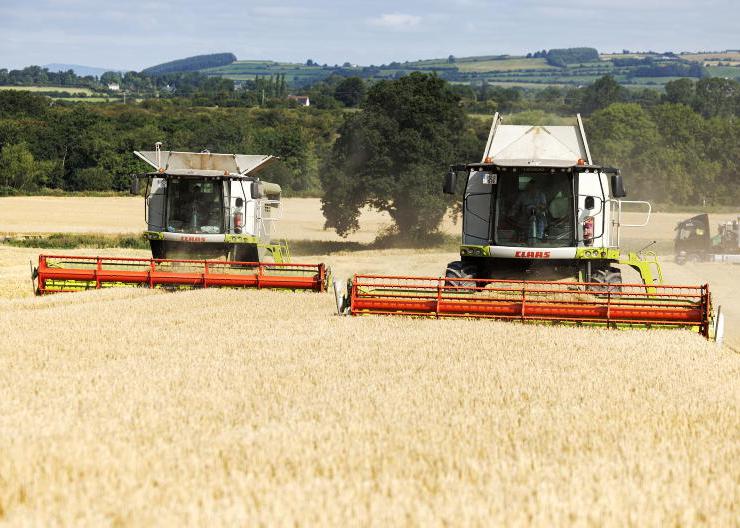

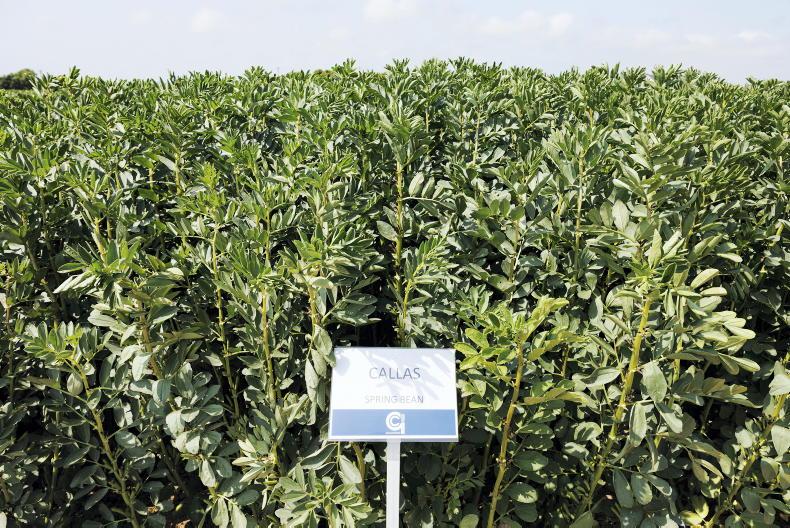
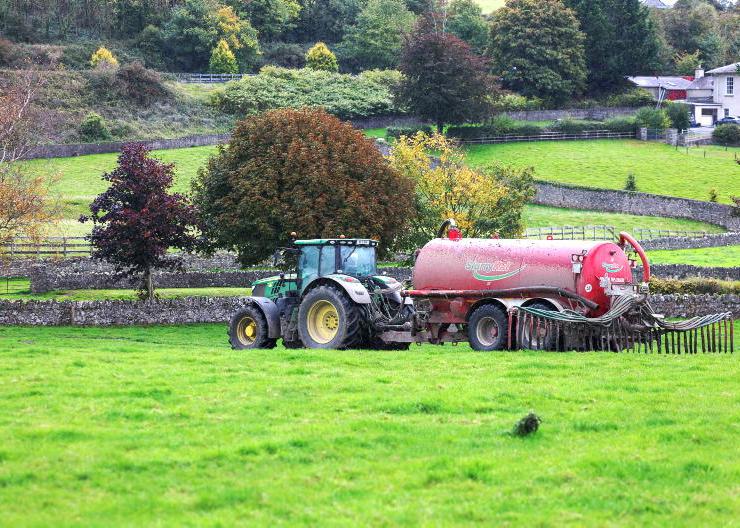
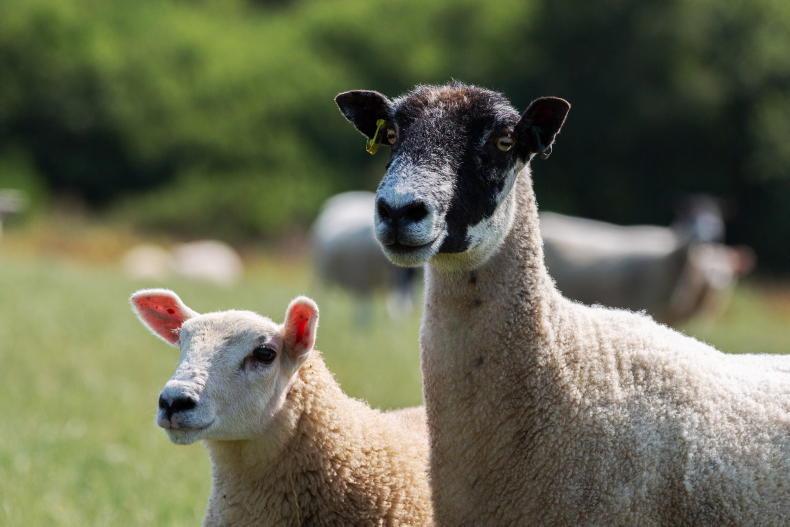
SHARING OPTIONS